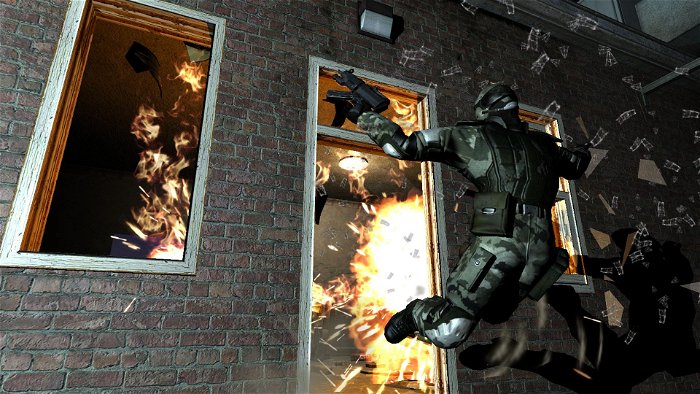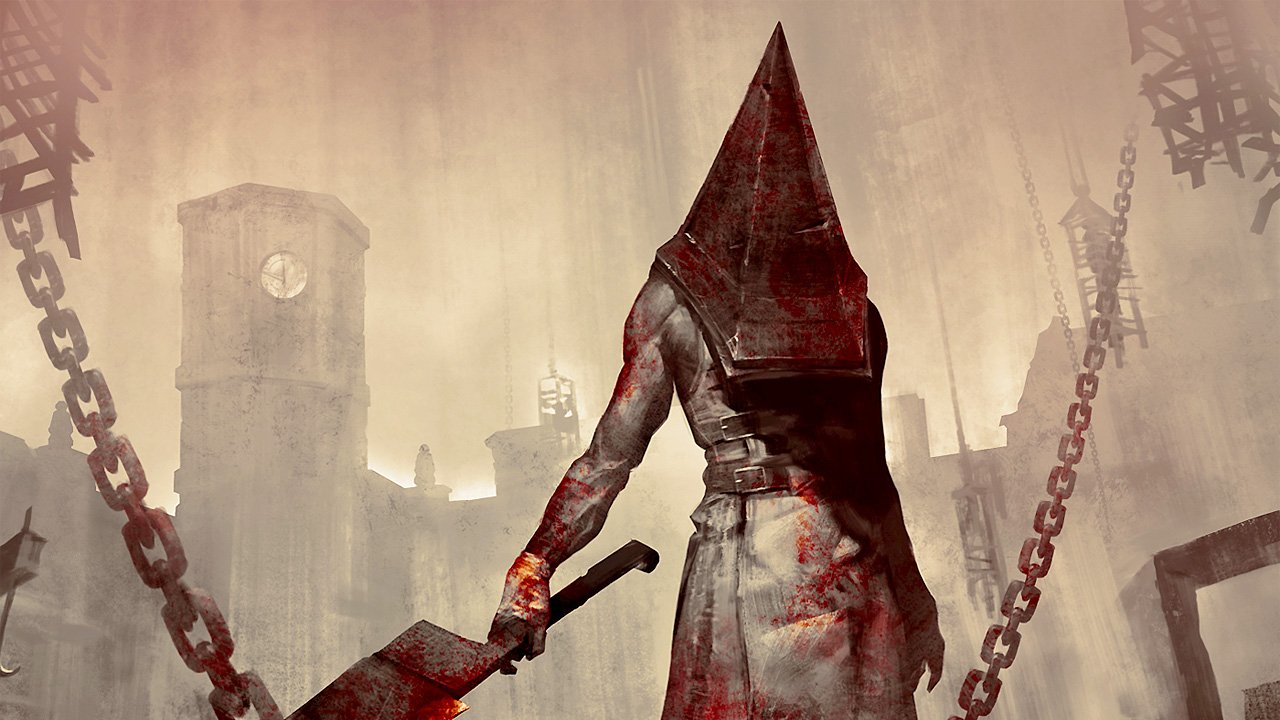Horror video games have been scaring people for several decades now, dating back to the late 1980s. And the genre has produced some of the best and most influential games ever made; titles like Resident Evil, Silent Hill, and Dead Space.
Horror lends itself well to the interactive nature of games. Playing a horror video game feels completely different to watching a horror film, as you inevitably feel intimately closer to whatever frightening thing that’s happening in front of you. You’re the character, and you’re responsible for keeping yourself alive and escaping the grasp of some truly demented creatures and serial killers. Even though, just like with the stealth genre, developers haven’t been able to consistently deliver quality horror games for a few years now, this genre still has quite a legacy that’s replete with some iconic moments, villains, stories, and settings.

In 1989, Capcom’s psychological horror role-playing video game Sweet Home was released for the Nintendo Entertainment System. It is based on the Japanese film of the same name from legendary director Kiyoshi Kurosawa. It’s widely regarded as the forerunner of the survival horror genre, mainly because of the many gameplay mechanics it first introduced that are still present in many horror games today. It has an item inventory management system that players constantly have to take care of due to the limited amount of items they can carry. It has a bunch of clever visual puzzles and it puts an emphasis on backtracking in order to access certain areas you couldn’t before to solve puzzles later on. It contains save rooms in which the player can save their progress and store their items. There are scattered notes and diary entries throughout the environments which the player can find and learn more about the game’s plot. It’s also one of the first games to employ graphic death animations.
Even though Sweet Home largely plays as a traditional role-playing game with random encounters, it still served as a major influence for Resident Evil. The latter game was initially supposed to be a straight remake of Sweet Home, and you can definitely see the similarities between the two. Sweet Home even has a mansion setting, dual character paths, and the door loading screen, just like the first few Resident Evil games.

Resident Evil released in 1996 on the Sony PlayStation, but was then later ported to the Sega Saturn. It took all of those initial narrative and gameplay ideas that Sweet Home introduced and set about improving upon them. The Spencer Mansion is still one of the most iconic video game settings, and moments like the first zombie appearance are among the most well-known scenes in pop culture. It features two playable characters—Chris Redfield and Jill Valentine—and each of their playthroughs feel totally different as they contain different scenes, weapons, and enemy encounters.
“Though a few horror games did come out before Resident Evil, it was the one that catapulted the genre into commercial and critical relevance.”
Though a few horror games did come out before Resident Evil, it was the one that catapulted the genre into commercial and critical relevance. The game has sold over 5 million copies, and birthed one of the most well-known intellectual properties in the genre. Resident Evil now has 6 main entries and a ton of spin-offs. Resident Evil 4 in particular, which first released in 2005 for the GameCube, was just as revolutionary for the horror genre as the first game was, mainly because of its over-the-shoulder, third-person action gameplay.

Series creator Shinji Mikami, who has recently released his own new horror game, The Evil Within, took a few gameplay cues and ideas for Resident Evil from 1992’s Alone in the Dark. Developer Infogrames’ survival horror title actually holds the Guinness World Record for being the “First Ever 3D Survival Horror Game.” Yes, even though Sweet Home was the game that introduced a ton of mainstay gameplay mechanics, Alone in the Dark was the first one to execute them in 3D. It served as a great blueprint for Mikami, who ultimately went on to create some of the best games in the horror genre.
In 1999, Konami opted to go a slightly different route with Silent Hill. Where Resident Evil provides the player the ability to actually fight back, Silent Hill forces you to find a way to escape and run for your life. Protagonist Harry Mason, who ventures into the fictional American town Silent Hill to look for his adopted daughter, is just some regular guy who needs to use his flashlight a lot. Yes, he does wield weapons, like a steel pipe and shotgun, but there’s very little ammo and Mason barely deals any damage to the many twisted creatures he encounters. Instead, Silent Hill is more about its fascinating story and psychological horror. Silent Hill 2, which released in 2001, is considered by many to be the better game because of its much improved mechanics and captivating story. Nowadays, Silent Hill has fallen from grace, with the promised reboot from the likes of Hideo Kojima and Guillermo del Toro being all but cancelled.

Throughout the 2000s and 2010s we had games like Fatal Frame, F.E.A.R, Condemned, and Penumbra, which all heavily borrow from Silent Hill and Resident Evil. In 2008, however, another horror game took the world by storm. EA and Visceral Games’ Dead Space released to great acclaim. It follows an engineer named Isaac Clarke who battles Necromorphs aboard an interstellar mining ship called the USG Ishimura. The game borrowed heavily from Resident Evil 4 in terms of gameplay. It’s a third-person, over-the-shoulder shooter that finds a great balance between making the player feel powerful while still fearing for their life. This fine balance is really the reason why the game is so highly regarded, as many titles before and after it (even its own sequels) have failed to maintain tension. A horror game in the same ilk is usually too action-oriented, failing to actually scare the player or leave them feeling frightened and weak at times. Dead Space 2 released in 2011, and Dead Space 3 released in 2013, and both failed to recapture the same horror essence of the first entry.
This year, we’ve had a few great horror titles, namely Until Dawn and SOMA. Both games introduce something new to the genre. Until Dawn is an interactive adventure that focusses on player choice and great storytelling, combining the best aspects of Resident Evil and Heavy Rain, while SOMA removes the ability to fight and instead opts to frighten players psychologically. Stil, l though, the horror genre has seen a slight decline over recent years, especially when it comes consistency. Nowadays, we only ever get a handful of great horror games, which is a far cry from the 90s and early 2000s. However, there are encouraging signs, and it’s always a good thing when Shinji Mikami is still very interested in continuing to make games for the horror genre.




